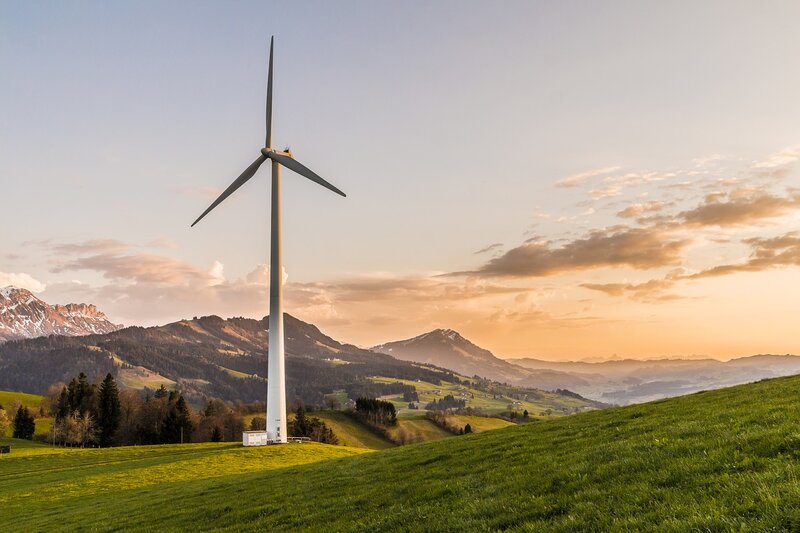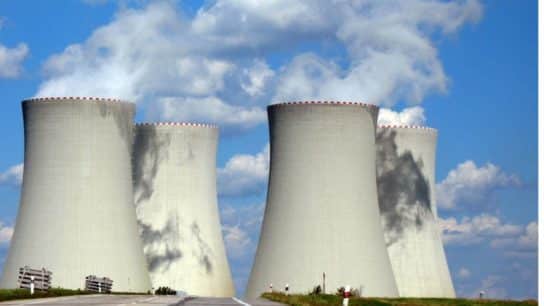A new report has found that while Britain remains dependent on fossil fuels, regions of the UK that are powered by a combination of nuclear and wind are already hitting 2030 carbon targets.
—
What is Happening?
- According to the Nuclear Industry Association, southern Scotland, northwest and northeast England had the cleanest power mix last year, both achieving the UK’s 2030 electricity decarbonisation target on more than 85% of days in 2020. As a whole, the UK hit the carbon targets on just 13 days.
- Gas remains the leading source of both power and carbon emissions, passing 60% of daily generation at times in June, August and September.
- Nationally, nuclear power was the leading zero-carbon generator on 158 days out of 358 days (44%) for which data is published, with wind power leading on the other 200 days. The nuclear fleet produced the most clean power in April, May, June and July, with wind leading in the other eight months.
- However, seven of the UK’s eight nuclear power stations are due to retire by 2030, with the first four scheduled to be in defueling by March 2024. This leaves Electricite de France SA as the only realistic prospect for building new capacity. The UK’s Hinkley Point C plant, set to come online in 2026, is facing cost overruns and six months of delays which will play into negotiations the utility is hammering out with the government to develop another project, called Sizewell C. There are further projects waiting in the wings but they would need a show of support from the UK government to proceed.
- The Climate Change Committee estimated in its Sixth Carbon Budget that without new projects, zero-carbon generation will fall from 130TW in 2020 to just 90TW in 2030 because of nuclear fleet retirements.
- Out of the Group of 2020 nations, Britain has pledged the deepest cuts in greenhouse gas emissions, pledging to cut levels by 68% by 2030 relative to 1990 levels. This could put Britain on track to reach net-zero emissions by 2050.
You might also like: Hamburg Coal-Fired Power Plant to be Converted into Electrolyser for Green Hydrogen
Commenting on the analysis, Tom Greatrex, Chief Executive of the Nuclear Industry Association, said, “Nuclear power, in partnership with renewables, is essential to reaching net zero. We should recreate what we have achieved in Northern England and Southern Scotland across the country: getting nuclear and renewables working together to cut emissions. To do that, we need to build new nuclear power stations alongside renewable capacity. These figures show the great service our existing fleet has rendered to the nation, but the time has come to build a new fleet. That investment, as part of a robust zero-carbon mix, will kickstart a green recovery and our transition to a green economy.”
- However, a criticism of nuclear as a partner to renewables is that it’s not suited to adjusting its output to run flexibly. This is something the industry will need to address.

















